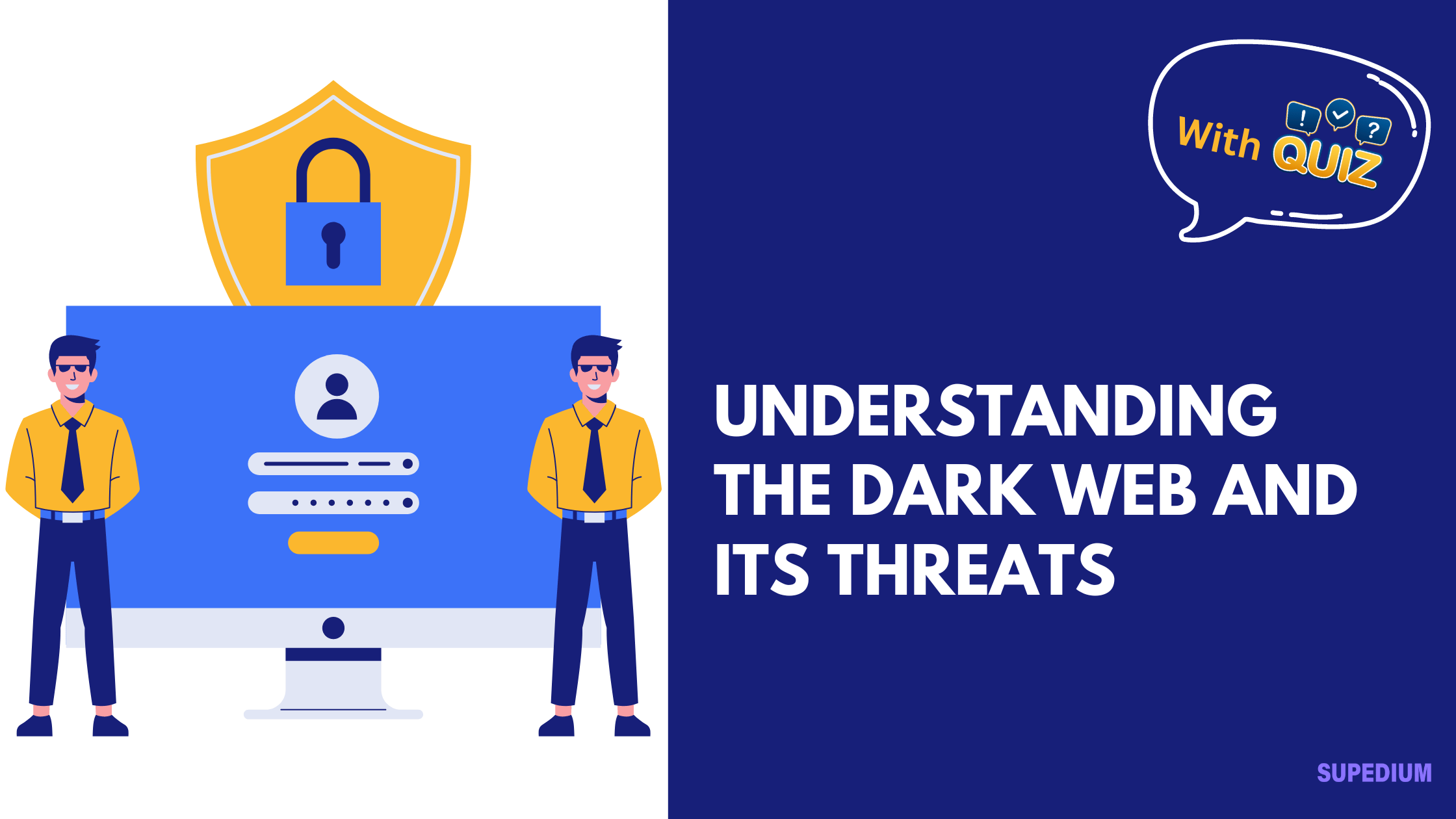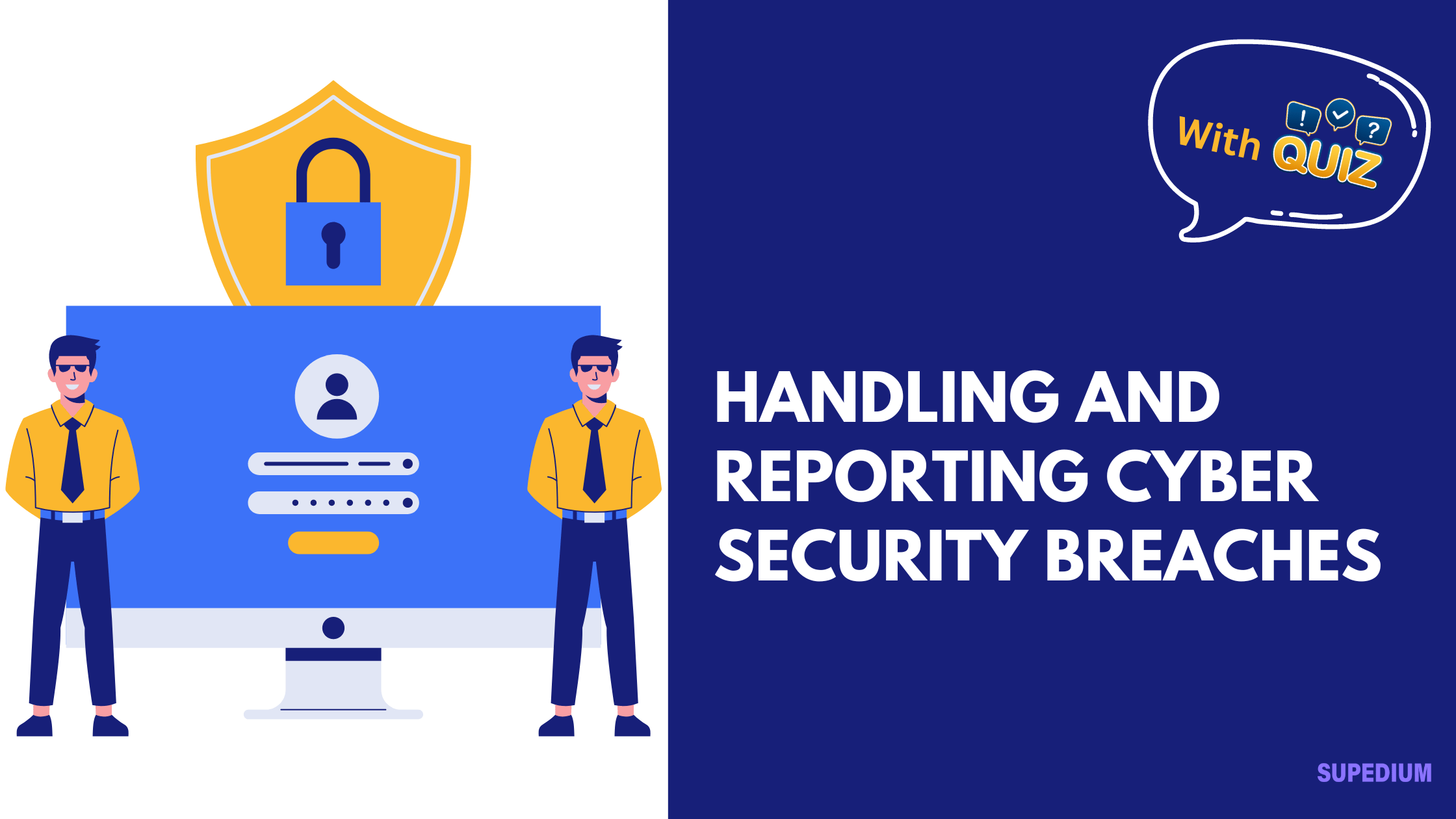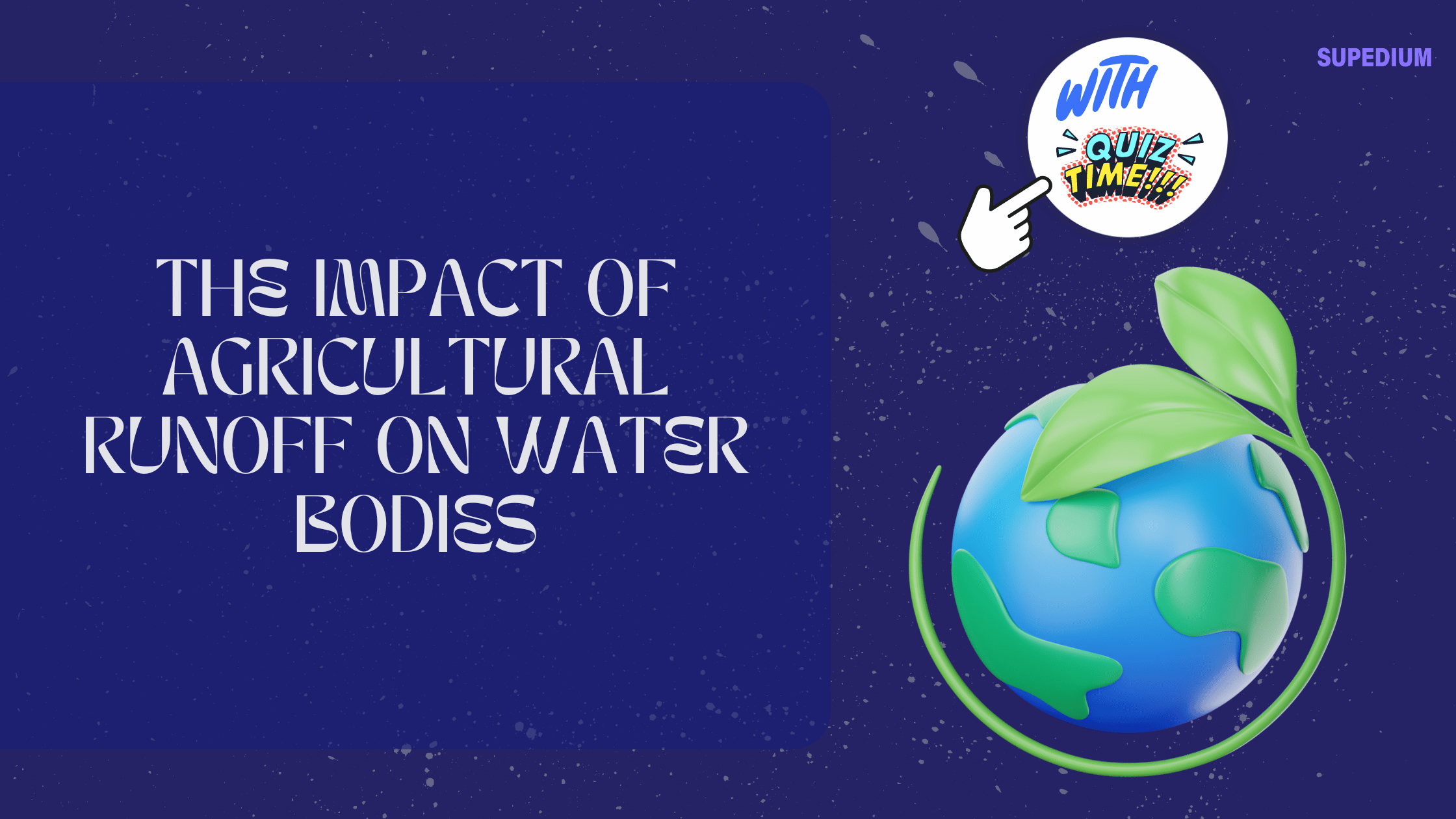Table of Contents
![]()
The Dark Web, a hidden segment of the internet, often evokes images of illicit activity and clandestine dealings. Despite its reputation, the Dark Web is a multifaceted environment with both positive and negative aspects. This article explores the Dark Web’s structure, its associated threats, and the measures taken to address these issues.
Definition of the Dark Web
The internet is commonly divided into three layers: the Surface Web, the Deep Web, and the Dark Web.
- Surface Web: This is the portion of the internet that is indexed by search engines and accessible through standard browsers. It includes websites like Google, Facebook, and news outlets.
- Deep Web: This layer encompasses parts of the internet that are not indexed by search engines. It includes private databases, academic resources, and any content requiring authentication (e.g., email accounts).
- Dark Web: A subset of the Deep Web, the Dark Web is intentionally hidden and can only be accessed using specialized tools like the Tor browser or I2P (Invisible Internet Project). It relies on encrypted networks to protect user anonymity and privacy.
Accessing the Dark Web
Necessary Tools and Technologies
To access the Dark Web, users typically need specific software:
- Tor Browser: The most well-known tool for accessing the Dark Web. Tor (The Onion Router) provides anonymity by routing internet traffic through a series of volunteer-operated servers. This process obscures the user’s location and usage from surveillance and traffic analysis.
- I2P: Another network that offers anonymity by encrypting and routing traffic through a decentralized network of nodes. It’s less popular than Tor but serves a similar purpose.
Anonymity and Privacy Measures
- Encryption: Encryption is fundamental to the Dark Web. It ensures that user data is transmitted securely and that their activities remain private.
- VPNs vs. Tor: While both Virtual Private Networks (VPNs) and Tor offer privacy, they function differently. VPNs encrypt traffic between the user and the VPN server, while Tor anonymizes traffic by passing it through multiple nodes.
Legality and Ethics of Access
Accessing the Dark Web is not inherently illegal, but it can lead to involvement in illegal activities. Legal consequences vary by jurisdiction and the nature of activities conducted. Ethical considerations often involve debates over privacy, freedom of information, and the potential for harm.
Structure and Functionality
Dark Web Marketplaces
Dark Web marketplaces operate similarly to conventional online stores but often deal in illegal goods and services:
- Popular Marketplaces: Historically significant marketplaces include Silk Road, AlphaBay, and Hydra. These platforms facilitated the sale of drugs, stolen data, and other illicit items before being shut down by law enforcement.
- Goods and Services: These marketplaces can sell a wide range of illegal items, including drugs, weapons, counterfeit documents, and stolen personal information.
Forums and Communication Channels
The Dark Web hosts various forums and communication channels where users discuss a range of topics:
- Types of Forums: Hacking forums, extremist groups, and other specialized communities exist. They offer spaces for users to share information, recruit members, or plan activities.
- Communication: Anonymity is preserved through encrypted messaging systems and pseudonymous interactions.
Financial Transactions
Cryptocurrencies are integral to Dark Web transactions:
- Cryptocurrencies: Bitcoin and Monero are commonly used for transactions due to their relative anonymity. Monero, in particular, is favored for its enhanced privacy features.
- Tracing Transactions: While cryptocurrencies can obscure transaction details, sophisticated tracking methods and blockchain analysis can sometimes identify illicit activities.
Threats Associated with the Dark Web
Cybercrime
The Dark Web is a hub for various types of cybercrime:
- Types of Crimes: Hacking services, ransomware, and data theft are prevalent. Cybercriminals use the Dark Web to buy and sell hacking tools and stolen data.
- Case Studies: Notable incidents include the spread of ransomware like WannaCry, which exploited vulnerabilities in software to extort victims globally.
Fraud and Scams
Fraudulent activities are rampant on the Dark Web:
- Common Scams: These include fake marketplaces that lure users into making payments for non-existent goods or phishing schemes that steal personal information.
- Impact on Victims: Victims often face significant financial and emotional damage. Prevention involves vigilance and verifying the legitimacy of online transactions.
Illegal Content and Activities
The Dark Web also facilitates the distribution of illegal content:
- Illegal Content: This includes child exploitation material and extremist propaganda. Law enforcement agencies face significant challenges in monitoring and curbing such content.
- Enforcement Challenges: The anonymity provided by the Dark Web complicates efforts to identify and prosecute individuals involved in illegal activities.
Law Enforcement and Countermeasures
Law Enforcement Agencies
Various agencies are involved in combating Dark Web-related crime:
- Key Agencies: The FBI, Europol, and other international bodies conduct investigations and operations aimed at dismantling illegal networks and apprehending offenders.
- High-Profile Operations: Operations like the takedown of Silk Road and AlphaBay highlight the ongoing efforts to address Dark Web crimes.
Technological and Legal Strategies
Efforts to combat Dark Web threats include:
- Tracking Tools: Blockchain analysis and other technologies help trace cryptocurrency transactions and identify suspicious activities.
- Legal Frameworks: Laws and regulations are evolving to address the challenges posed by the Dark Web, including international cooperation for cross-border investigations.
Challenges and Limitations
Despite advancements, significant obstacles remain:
- Anonymity and Encryption: The strong focus on privacy and encryption makes tracking and enforcement difficult.
- Jurisdictional Issues: Coordinating across different legal systems and jurisdictions can complicate law enforcement efforts.
The Future of the Dark Web
Emerging Trends
The Dark Web is continuously evolving:
- Technological Advancements: Innovations in technology may alter how the Dark Web operates, potentially increasing its complexity.
- Usage Shifts: Changes in user behavior and technology could lead to new types of activities and threats.
Predicting Threat Evolution
Anticipating future threats involves:
- Cybercrime Trends: Monitoring trends in cybercrime helps predict how illicit activities might develop.
- Law Enforcement Adaptations: Agencies must adapt to new technologies and tactics used by criminals.
Ethical and Societal Considerations
The Dark Web raises important ethical and societal questions:
- Privacy vs. Security: Balancing individual privacy with the need for security and law enforcement is a continuing debate.
- Societal Impact: The effects of Dark Web activities on society include increased crime rates and challenges in law enforcement.
Conclusion
The Dark Web remains a complex and often misunderstood part of the internet. While it provides a platform for privacy and freedom, it also harbors significant threats and illegal activities. Understanding its structure, potential risks, and ongoing countermeasures is crucial for navigating its challenges. As technology evolves, so too will the strategies to address the issues arising from this hidden segment of the internet.






Be the first to comment